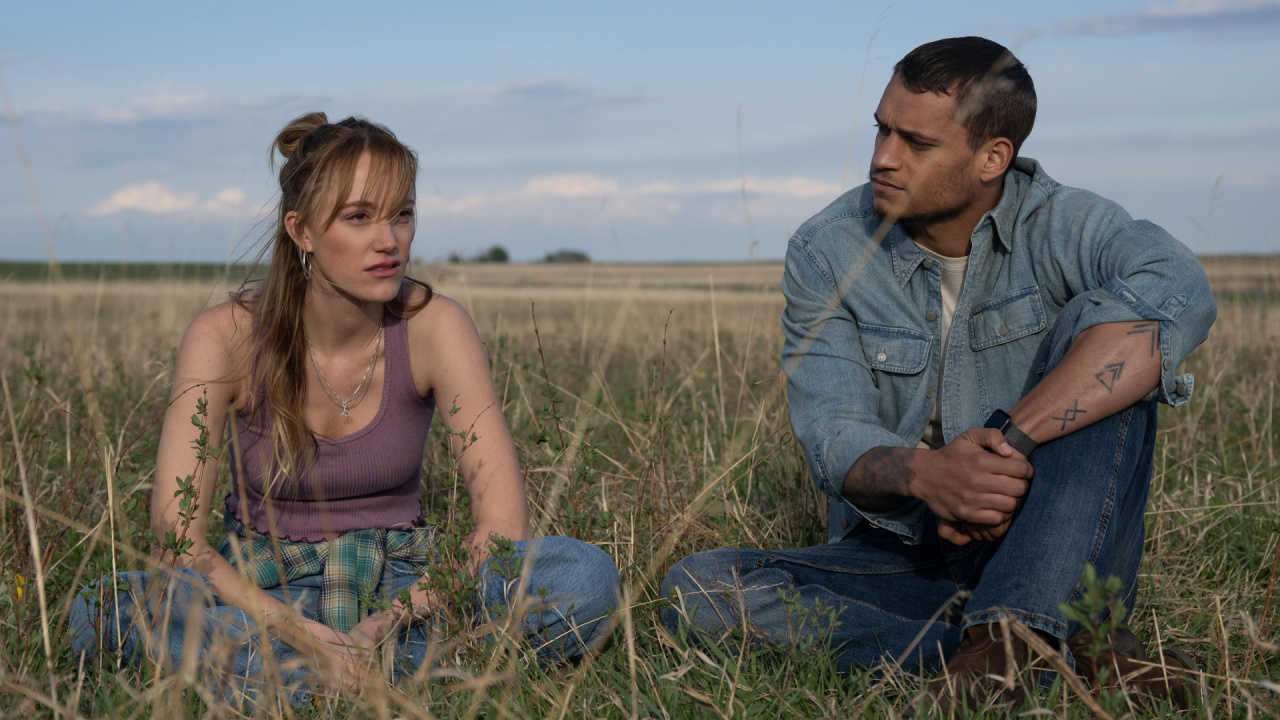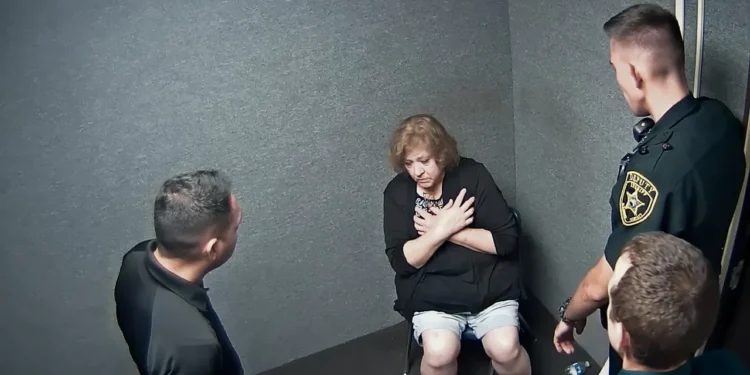In The Perfect Neighbor, director Geeta Gandbhir uses police bodycam videos, doorbell camera footage, cell phone recordings, and 911 call audio to recount how a small neighborhood conflict in Florida escalated into deadly gun violence when Ajike Owens, a young Black mother of four, was shot and killed by her neighbor, Susan Lorincz, a white woman.
Now available on Netflix, the documentary which won a jury prize at Sundance this year and was reportedly bought by Netflix for $5 million is part of a growing trend of nonfiction films that make use of bodycam footage. Last year’s Oscar-nominated documentary short Incident, produced by The New Yorker, used only bodycam and security footage, and this year’s 2000 Meters to Andriivka, which covers the Russia-Ukraine war, also includes bodycam video from the Ukrainian Army.

“I don’t think this is just a documentary trend it’s a global trend,” Gandbhir says. “We live in a world now where anyone can create media.” For The Perfect Neighbor, Gandbhir chose not to use interviews, reenactments, or other traditional documentary methods for several reasons mainly because she did not want to “retraumatize” Owens’ family or the community. “We already had all the footage, so why force them to talk about it and go through the pain again?” Gandbhir says. The bodycam footage cannot be disputed. It is official, institutional material, and it avoids the bias that filmmakers, journalists, or reporters might bring.
“For viewers who often question truth, authenticity, or point of view, I believe they cannot deny that this shows exactly how events unfolded.” The director also wanted to “turn the usual use of body camera footage upside down.” “Police bodycam footage is typically used to monitor communities,” Gandbhir says. “It is often used to protect the police. For people of color and vulnerable communities, it tends to be used to criminalize us.” “To dehumanize us. It’s a surveillance tool, and I wanted to reclaim it, turning it around to show this vibrant community as it existed before.” “Truly using the footage helps to humanize the people in that community.”





